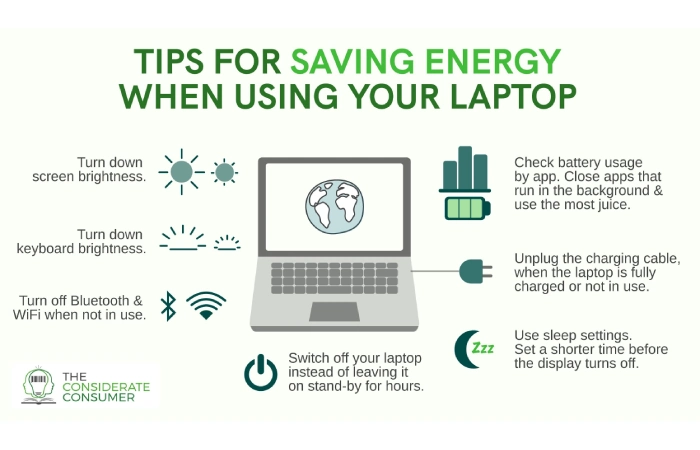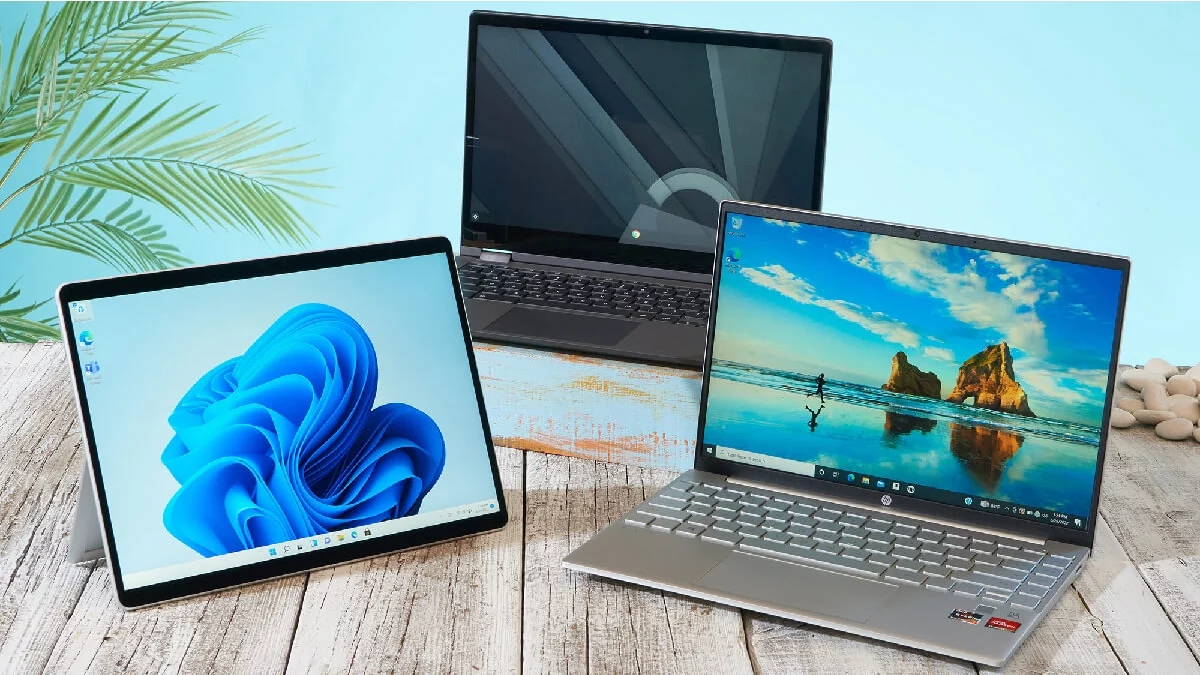The environmentally global temperature is rising each year, and many are assessing how they can reduce their impact on the climate in their everyday life.
A rise in vintage, upcycling, and thrift shopping shows some cutting back on new clothes, opting for used items. Others have opted to reduce their travel impact by going ‘flightless’ for a year. But did you know that even your computer has a significant environmental impact?
While the question ‘what is a motherboard actually made of?’ may have never crossed your mind, it’s important to know that the components that make it are made from environmentally natural resources. Recycling your old laptop and purchasing a refurbished laptop, instead of a new one has been shown to reduce your impact on the environment.
However, it’s not all environmentally sunshine and rainbows in the market, with faulty tech goods being one of the most common Facebook marketplace scams.
So here are our tips for buying and maintaining a refurbished laptop.
Use reputable sources

Big names in the tech industry such as Apple, Microsoft, and Amazon, have an official marketplace for high-quality products that have been through rigorous testing. Others like eBay and Craigslist won’t check the condition and are less reliable on quality.
So for high quality, make sure your refurbished device comes from a reputable source. If you need to go cheap, check the listing. Is the device listed as refurbish or used?
Refurbished devices will have had their components checked and replaced where necessary. Used laptops may not have even had the previous owner’s data or software adequately deleted.
To summarize: Devices refurbished by the original manufacturer will be of the highest quality. Laptops from your local pawn shop may not have been check for faults so a little more care will be need before purchase.
Get a decent warranty
A good supplier will provide you with at least a 90-day warranty, but we suggest one of at least a year to ensure you get your money’s worth.
Apple and Microsoft hold their refurbished laptops to the same standard as their new devices, meaning you’re in for a high-quality purchase with a decent guarantee.
Other locations may not hold their products to the same standard, so make sure you’re aware of their policy before you buy.
Try before you buy
Try the laptop out before you buy it if you get the opportunity. If not, shortly after. If the components haven’t been through adequate testing, you may find performance or battery life issues.
Do as much processing as you can think of on your chosen computer before purchase to assess it for uncharacteristic slow-downs or issues. You wouldn’t want to get it home and find it unsuitable for your needs.
Keep it up to date
Finally, make sure all the drivers and operating system updates are install. Each update and driver firmware release design to make the computer run more securely and more efficiently.
Take some time each week to run maintenance on your laptop, and it’ll be running like a dream for years to come.

